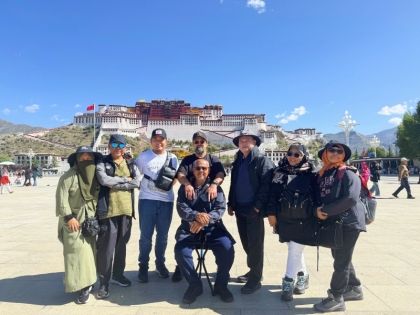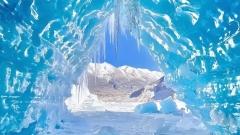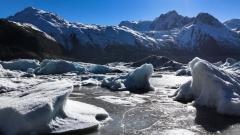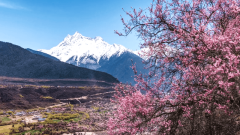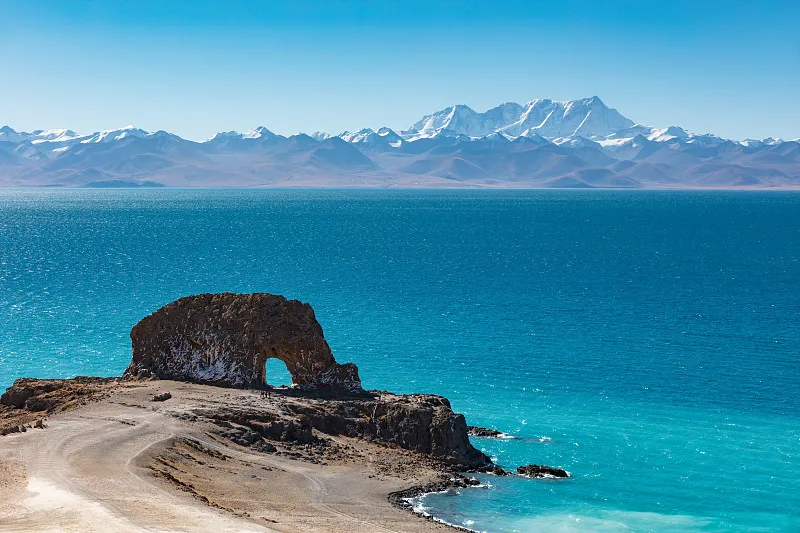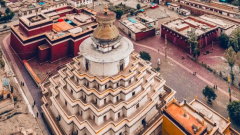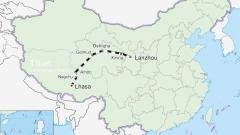Travelers arriving in Tibet often remark that the sunshine feels stronger, sharper, and somehow closer than anywhere else on Earth. The warmth of the sun can be pleasant, yet exposure quickly leads to sunburn or fatigue, even in cool weather. This is not an illusion but a scientific reality shaped by Tibet’s unique geography and climate. Understanding why solar radiation in Tibet feels different helps visitors prepare properly for high-altitude journeys while appreciating the region’s extraordinary natural environment.
Tibet’s High-Altitude Geography
Tibet is known as the “Roof of the World”, with an average elevation exceeding 4,000 meters (13,000 feet). At such altitudes, the atmosphere is significantly thinner than at sea level. This thin air offers less protection against the sun’s ultraviolet (UV) radiation, allowing more solar energy to reach the Earth’s surface.
-
Atmospheric thickness: Every 1,000 meters increase in altitude reduces the protective atmosphere by about 10%. In Tibet, travelers are exposed to around 40–50% more UV radiation compared to lowland areas.
-
Proximity to the sun: While the actual distance difference is minimal, the reduced atmospheric shielding makes sunlight far more intense.
This geographic factor is the primary reason Tibetan sunshine feels more powerful.
Clear Skies and Low Humidity
Another feature of the Tibetan Plateau is its dry, thin, and clear air. Unlike coastal regions with high humidity and frequent cloud cover, Tibet has:
-
Over 3,000 hours of sunshine per year, making it one of the sunniest regions on Earth.
-
Low levels of atmospheric moisture, which means less scattering of sunlight.
-
Minimal air pollution compared to many populated regions, further reducing the natural filter against UV rays.
As a result, sunshine in Tibet feels direct and penetrating, often deceptively warm even when the air is cool.

Lake Manasarovar
UV Radiation and Its Effects
Ultraviolet radiation, invisible to the naked eye, is the most significant factor that makes Tibet’s sunshine unique.
-
UV-A (320–400 nm): Penetrates deep into the skin, causing aging and long-term damage.
-
UV-B (280–320 nm): More energetic and responsible for sunburn.
-
UV-C: Normally absorbed by the atmosphere and not a concern at ground level.
In Tibet, both UV-A and UV-B levels are exceptionally high. Travelers without proper protection can experience:
-
Sunburn in less than 20 minutes of exposure.
-
Eye strain or even snow blindness, especially in areas with snow or glaciers where radiation reflects strongly.
-
Fatigue or dehydration, as high radiation intensifies the body’s stress at altitude.
Therefore, tourists must pay attention to sun protection when traveling to Tibet.
Seasonal Differences in Tibetan Sunshine
While Tibet experiences strong sunshine year-round, seasonal variations add another layer to the experience.
-
Spring (March–May): Increasingly strong sunlight, though temperatures remain cool. Risk of sudden sunburn during treks.
-
Summer (June–August): Strongest radiation levels, though the rainy season brings occasional cloud cover. Travelers often underestimate sun intensity due to cooler mountain breezes.
-
Autumn (September–November): Crystal-clear skies, dry air, and very intense sunlight—considered the best season for photography.
-
Winter (December–February): Cold weather but surprisingly strong sunshine, especially in places like Lhasa and Shigatse. Snow reflection amplifies UV exposure.
Thus, no matter the season, sun protection is essential.
Why Sunshine Feels Warmer but the Air Feels Cooler
One paradox travelers often notice is that the sun feels hot on their skin, but the surrounding air remains cool.
This is due to:
-
Strong solar radiation heating the skin surface quickly.
-
Thin atmosphere failing to trap heat, resulting in rapid cooling in shaded or windy areas.
-
Large diurnal temperature variation, meaning daytime warmth contrasts sharply with chilly nights.
This unique contrast adds to the sensation of “different” sunshine in Tibet.

Tourists at Potala Palace
Cultural Perceptions of Tibetan Sunshine
For Tibetans, the sun is not just a source of heat but a vital part of life and spirituality.
-
Many homes in Lhasa and other cities are designed with large windows and courtyards to maximize sunlight.
-
Solar energy is commonly used for heating water and drying yak dung fuel.
-
In Tibetan Buddhism, sunlight symbolizes wisdom and compassion, shining equally on all beings.
Thus, the strong sunshine is woven into both daily routines and cultural symbolism.
How to Protect Yourself from Tibetan Sunshine
For travelers, adapting to Tibet’s solar radiation is not about avoidance but preparation. Here are essential strategies:
Clothing
-
Wear long-sleeved, breathable fabrics to minimize direct exposure.
-
Use wide-brimmed hats or caps for face and neck protection.
-
Sunglasses with UV400 protection are crucial to avoid eye damage.
Sunscreen
-
Apply broad-spectrum sunscreen (SPF 30–50) every two hours, especially on the face, neck, and hands.
-
Don’t forget lip balm with SPF.
Hydration and Nutrition
-
Drink water regularly, as the dry air accelerates dehydration.
-
Eat fruits and vegetables rich in antioxidants to support skin health.
Practical Habits
-
Avoid direct sun exposure during midday (10 am–3 pm).
-
Seek shade when resting outdoors.
-
If trekking, carry lightweight umbrellas or sunshades.
Sunshine and Photography in Tibet
From a traveler’s perspective, the intense sunlight has one major benefit—spectacular photography conditions.
-
The crisp, thin air creates vivid contrasts and deep blue skies.
-
Morning and evening light produce golden tones that highlight monasteries and mountain ranges.
-
Reflection from lakes and snow adds unique brilliance to landscapes.
This is why Tibet is considered a paradise for landscape and cultural photography.
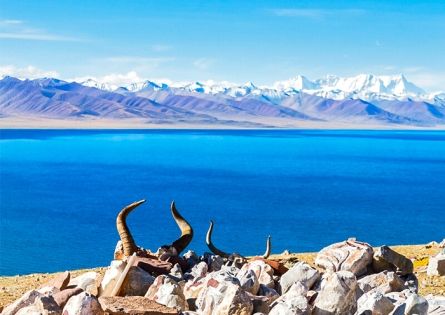
Namtso
Conclusion
The sunshine in Tibet feels different because of high altitude, thin atmosphere, low humidity, and exceptionally strong UV radiation. While this creates challenges such as sunburn and eye strain, it also brings benefits like vibrant landscapes, solar energy use, and a cultural connection to the sun. For travelers, respecting Tibet’s solar environment means preparing with protection, hydration, and awareness. Embracing the sunlight safely allows one to fully experience the magic of the “Roof of the World.”
Classic route recommendation
